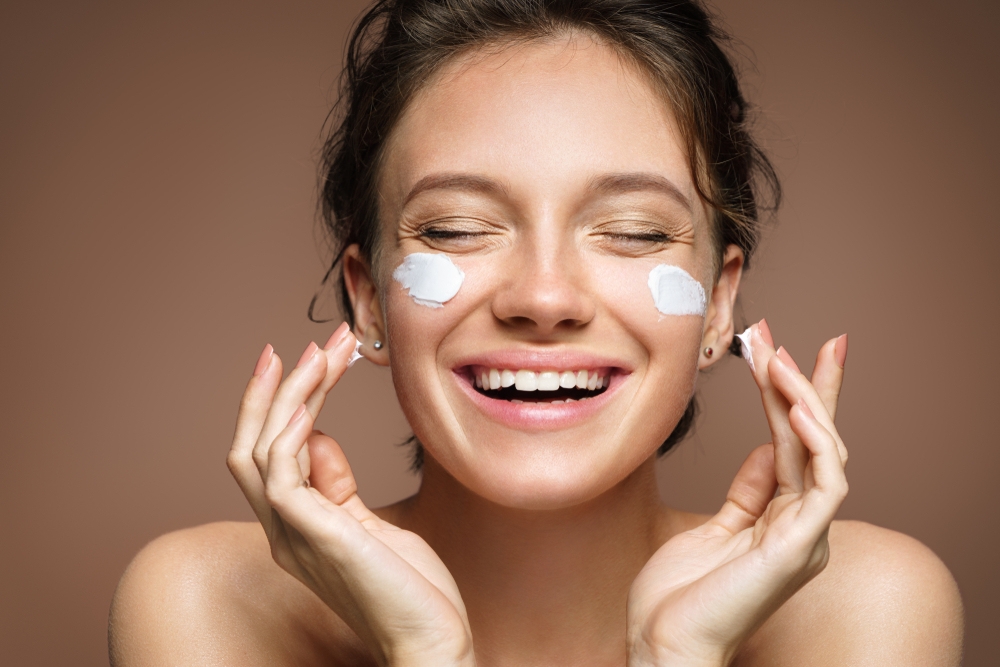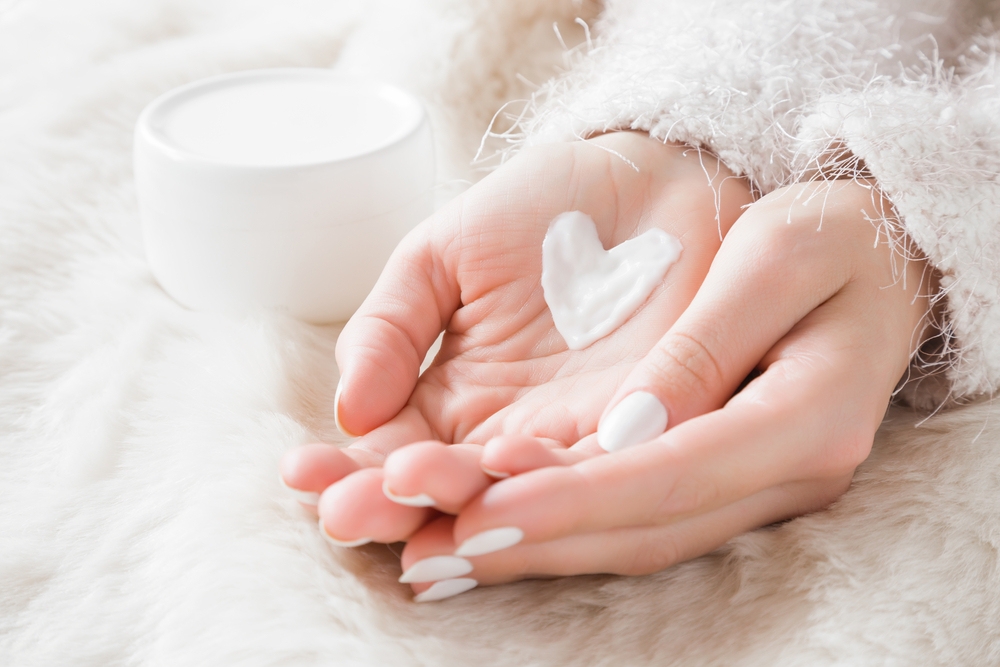
When autumn and winter arrive, the skin is dry…
Hey, Dr. Clove, I don’t need you to say that.
Dr. Clove knew someone would say so, but do you know why the skin dries with the seasons?
Moisturizing skin depends entirely on [oil]
The [oil] mentioned here is actually the [oil membrane].
The skin has an accessory called sebaceous gland, which is the synthesis factory of skin oil.
Oil covers the skin surface and forms a layer of oil film together with sweat to protect the skin.
This layer of grease membrane can prevent water loss, make skin smooth, and reduce the irritation of external environment to skin. It can be said to be a [natural barrier].
There is not enough [oil] in autumn and winter.
The synthesis and secretion of sebaceous glands will be affected by the ambient temperature. Studies have found that for every 1 degree Celsius increase in skin temperature, sebum secretion will increase by 10%, which is also why one day in summer without taking a bath, one feels that the whole body oil is not good.
Key sebaceous glands like warm environment, but in winter the temperature is very low, sebum secretion is greatly reduced, sebum membrane formation will be affected, making its moisturizing, moisturizing and protecting functions obviously reduced.
Do you need some what oil to moisturize?
Since the skin is dry in winter because there is less oil, is it okay to apply some oil directly? Such as peanut oil, soybean oil, sesame oil…
Stop it! Dr. Clove is not asking you to cook your own food.
If you think about it, if the oil can be applied directly to the body, then there is nothing wrong with what, a skin care manufacturer.
The following is a brief introduction to the following kinds of [oils] commonly used for skin care in winter.
1. Vaseline
Vaseline is the most skin care oil we see at ordinary times.
Vaseline is a semi-liquid mixture of alkyl hydrocarbons or saturated hydrocarbons, also known as mineral grease, obtained by fractionation from petroleum. This is an excellent packaging agent, that is, it can well encapsulate the skin when applied to the skin to prevent skin moisture loss through the skin.
Other oils with the same efficacy include lanolin, mineral oil, silicone derivative polydimethylsiloxane and cyclic polydimethylsiloxane, etc. They are also the packaging agent components often added in various moisturizing creams.
2. Glycerol
Glycerol is also a familiar [oil], but strictly speaking, glycerol is not really oil. It is just the skeleton component of triglyceride molecules. Its chemical name is glycerol and it belongs to polyols.
Glycerol is a good solvent and absorbent, which can absorb water from the environment. Therefore, it is commonly used as a humectant component in moisturizing cream.
3. Silicone oil
There is also a kind of [oil]-silicone oil that is rejected by shampoo advertisements. In fact, dermatologists do not dislike silicone oil, because silicone oil is really useful and good for skin.
Silicone oil usually refers to [dimethyl silicone oil], which is a liquid substance at room temperature. It is basically harmless to human body for external use and has good lubricating effect.
(Dr. Clove kindly reminded that [shampoo containing silicone oil can cause alopecia] is purely a rumor! )

Choose the right [oil]
1. Choose according to your skin quality
Although they are all oils, they have their own characteristics:
- Some absorb water; Some can lubricate the skin. Others can form a protective film on the skin surface to prevent water loss.
According to these characteristics, we classify them into moisturizers, emollients and sealants.
The proportion of these three types of grease is different, and the emphasis of moisturizing products will be different.
For example, people with oily skin can choose products that favor moisturizing and moisturizing functions, while people with dry skin can choose products that favor sealing functions.
2. Selecte according to that dosage form of the product
In addition, attention should be paid to dosage forms when selecting moisturizing products.
Moisturizing products on the market mix water and oil together to make different dosage forms. According to the proportion of water and oil, they are divided into emulsion (oil-in-water emulsifier) and cream or cream (water-in-oil emulsifier). How to choose?
- The formula of the emulsion is relatively thin, and the basic components include mineral oil, propylene glycol, water, etc. It is suitable for daytime use. However, the cream dosage form is prepared from heavy oil such as Vaseline or lanolin derivatives, mineral oil and water. It is thick and has strong sealing property, and is suitable for use at night.
Generally speaking, for normal people’s daily moisturizing, it is sufficient to select moisturizing agents with different proportions and emphases according to their skin types, and to select appropriate dosage forms according to the skin sensation requirements and time periods used.
In short, [oil] is the basis for moisturizing. Success is also oil, failure is also oil. If used well, it is [Tiger Balm]!
